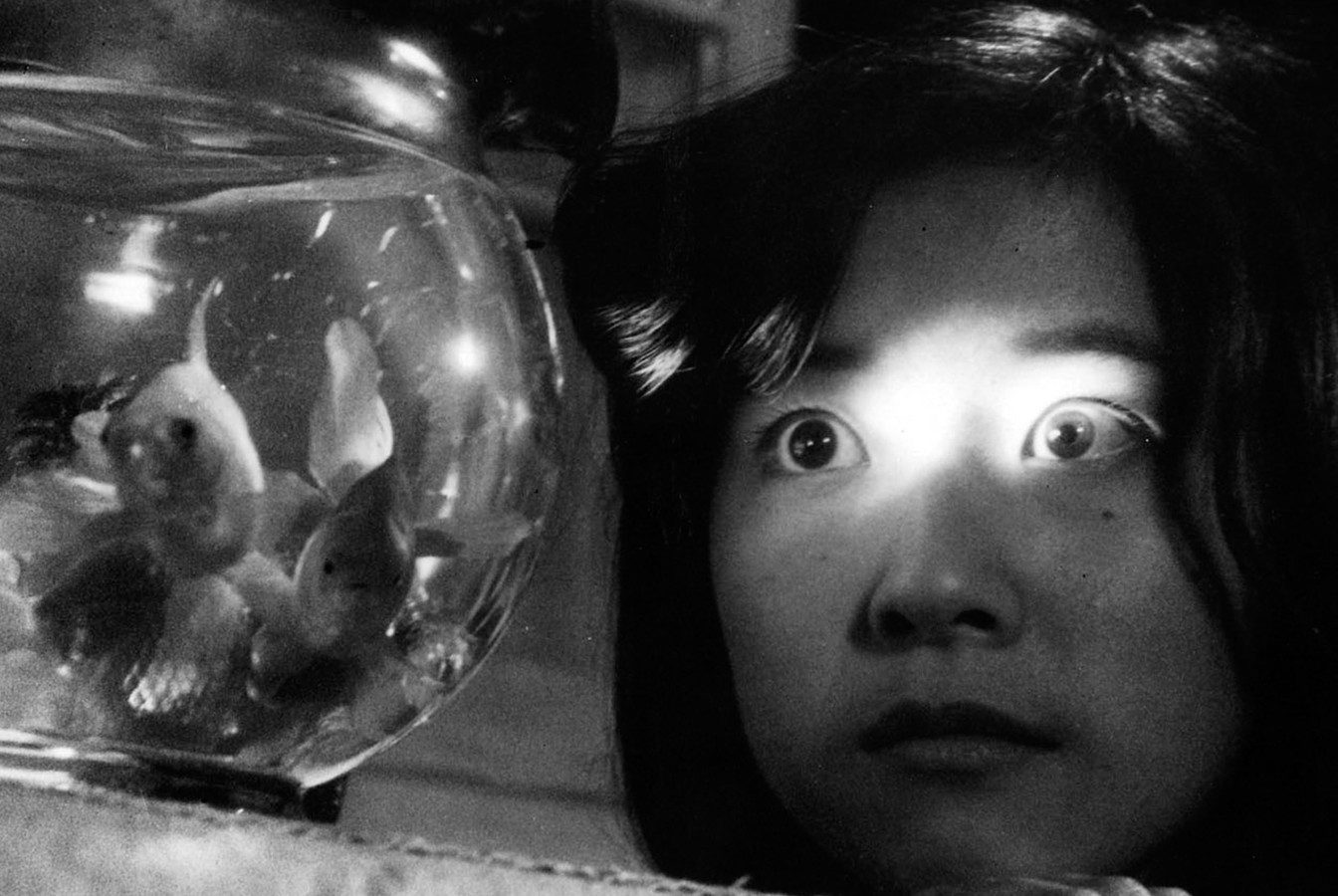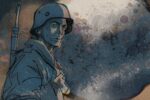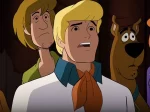“House” is a movie that is incredibly difficult to talk about, mainly for one reason. It isn’t the fact that it was released in 1977, over four decades ago; it isn’t the fact that it was released in Japan, adding a language barrier; it isn’t even the fact that this cult film was only made available in America in 2009. None of that! The reason this movie is so difficult to discuss is because “House” is — for lack of better words — ABSOLUTELY BONKERS.
This questionable curiosity by director Nobuhiko Ôbayashi is one of the strangest, most surreal experiences one can endure, inebriated or otherwise. The plot isn’t even that remarkable when read aloud. “House” follows seven school girls — all of whom were played by models who had little to no prior acting experience in film — who are all named after their character traits. Gorgeous is the pretty one, Kung Fu is the sporty one, Mac is the fat one, etc. Gorgeous invites the rest of the gang to her aunt’s home in the countryside for the summer, and that’s when things get fun.
Before anything else from here on out, seek out this film and watch it immediately. Whether going in blind or well-informed, nothing could possibly prepare anybody for this 88-minute barrage of the bizarre. In a country well known for its contributions to horror films and cinematic absurdities, “House” has gained a reputation for being one of the strangest films — if not the strangest film — ever made.
For the sake of preserving the magic of a first-time viewing, much of the plot and its weirdness will not be spoiled. Still, one cannot resist mentioning just a few of the strange, little moments. For example, there is a man who eats rice noodles with a bear, a pair of sentient legs that fly and kick a painting and a cat that sings a song from the soundtrack via out-of-tune meows. However, that is all insignificant compared to the rest of the film.
Through countless camera tricks and design choices, the makers of “House” manage to create what can best be described as a hallucinogen at 24 frames a second. All one needs to do is to look at the description from the Criterion Collection release: “How to describe Nobuhiko Ôbayashi’s indescribable 1977 movie House (Hausu)? As a psychedelic ghost tale? A stream-of-consciousness bedtime story? An episode of Scooby-Doo as directed by Mario Bava? Any of the above will do…”
To put it simply, there isn’t anything else like “House.” It really seems as though the movie wasn’t made but had simply appeared in an instant, with no further explanation for its sudden existence. Perhaps it’s an alien artifact and our only proof of extraterrestrial life. Perhaps it came from a portal to another dimension where up is hot and banana is Q. Perhaps it’s the recollections of some child’s nightmares … perhaps that last theory isn’t too far from the truth.
To really understand “House,” there are two important figures to learn about: director Nobuhiko Ôbayashi, and co-writer Chigumi Ôbayashi — Chigumi is also Nobuhiko’s daughter. When she was just 11 years old, Nobuhiko would ask his daughter about the dreams she would have and use the imagery to inspire many of the movie’s sequences. Her nightmares contributed so much to the production that Nobuhiko credited Chigumi as a co-writer.
It may sound absurd to consult a child for the making of a film in the horror genre, something synonymous with intense gore, frequent nudity and a prevalent reputation as cheap schlock. However, “House” contains a unique presentation of horror from a child’s perspective, one that can be removed from logic. Adults may try to rationalize their phobias or hold fears that are more existential and internal in nature. These adult rationales and logic are absent in “House” as Nobuhiko recreates the insensible, uncompromised fear a child may hold.
Some of it may appear childish or comical and not what usually inspires terror, like a crazed killer in the woods or a monster looking for its next prey. Perhaps that’s a reflection of how we forget our fears or remember them as ridiculous, but there are moments when the viewer does experience that uneasy feeling. It is the feeling that something is not right with the familiar world and is creeping behind you, a feeling that isn’t unique to any particular age.
There is also the real-life horror that Nobuhiko Ôbayashi witnessed when he was a child. Nobuhiko was born and raised in Hiroshima, Japan, and had witnessed its destruction by the atomic bomb in 1945; he was only seven years old. He had witnessed his home, friends and life as he knew it vanish in an instant under the blinding light of a 15-kiloton bomb. He had experienced a moment that must’ve seemed completely irrational and of course horrifying.
Nobuhiko would take the traumas and lessons he had gained from World War II and incorporate them into his art, like a sort of catharsis. While the sentiment is not at the forefront of the film as much as in his later anti-war trilogy, that doesn’t mean it can’t be felt in “House.” After all, the youths’ blissful ignorance toward the harsh realities of the world is violently ripped apart, and they would be lost in a world of seemingly nonsensical destruction. Perhaps this wouldn’t have been too far from how Nobuhiko must’ve felt as a small child.
“House” manages to capture the sudden chaos of forced maturity and the fears that come with the uncertainty of adulthood, all through a child’s perspective. It is something that is not only strangely surreal, but it also holds a hypnotic beauty that imprints many unforgettable images in the mind of the viewer.
Of course, it is not a perfect film. There are a number of problems with it: it could be potentially harmful to people with epilepsy, one of the girls in the story is dating a teacher and it’s rather obvious that much of the acting is — to put it nicely — rather amateur. However, its bizarre qualities ensure a unique viewing experience for anybody watching it, for there really is nothing else like it. It’s one of the most creative and enduring examples of cinema as art.
So please, watch the film once, watch it again and watch it once more just to make sure you believe what you had seen. Bring along some friends who may or may not have heard of the movie to spread the magic of “House.” Just watch it to best experience something so colorful, something so beautiful and something so absolutely bonkers.

















